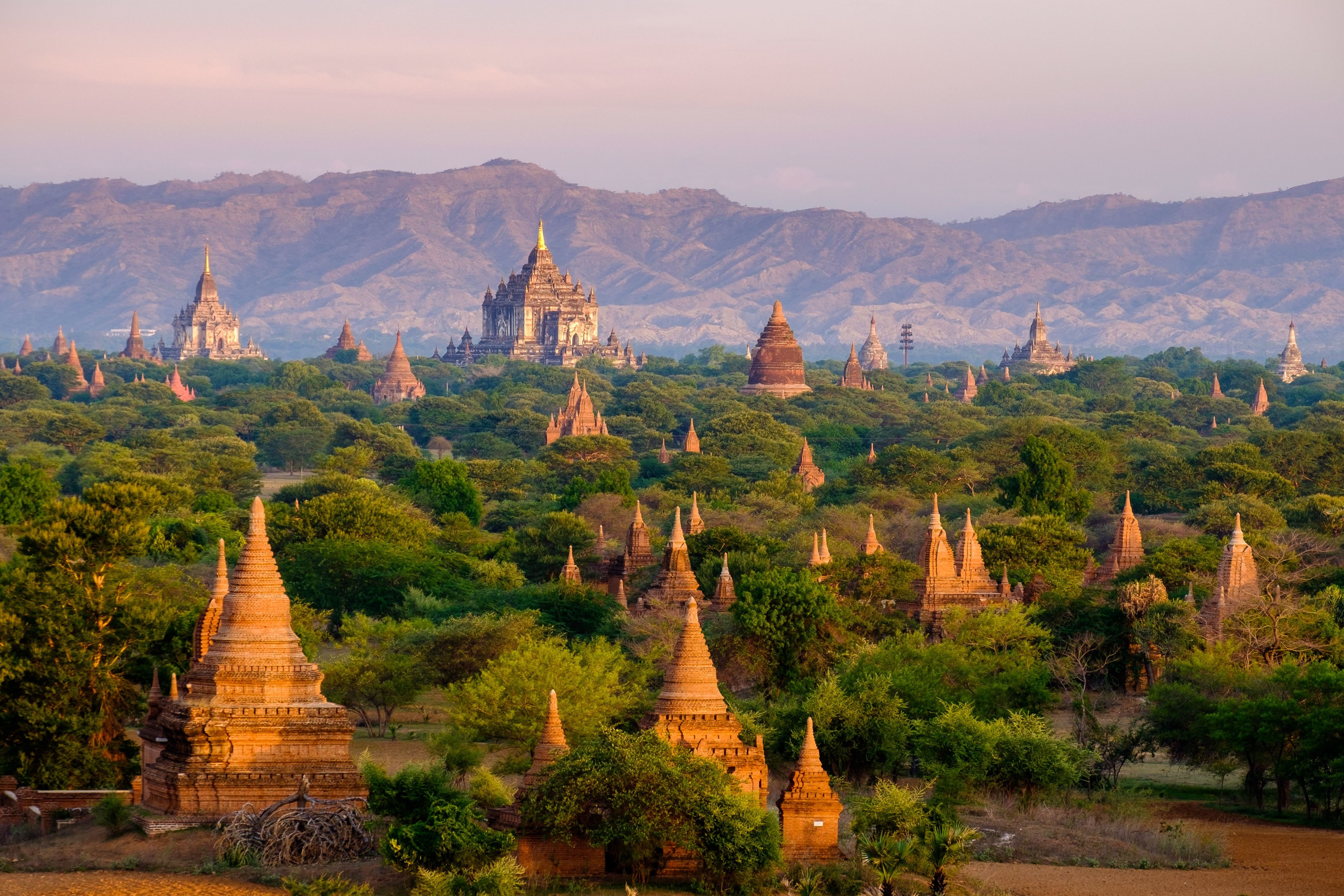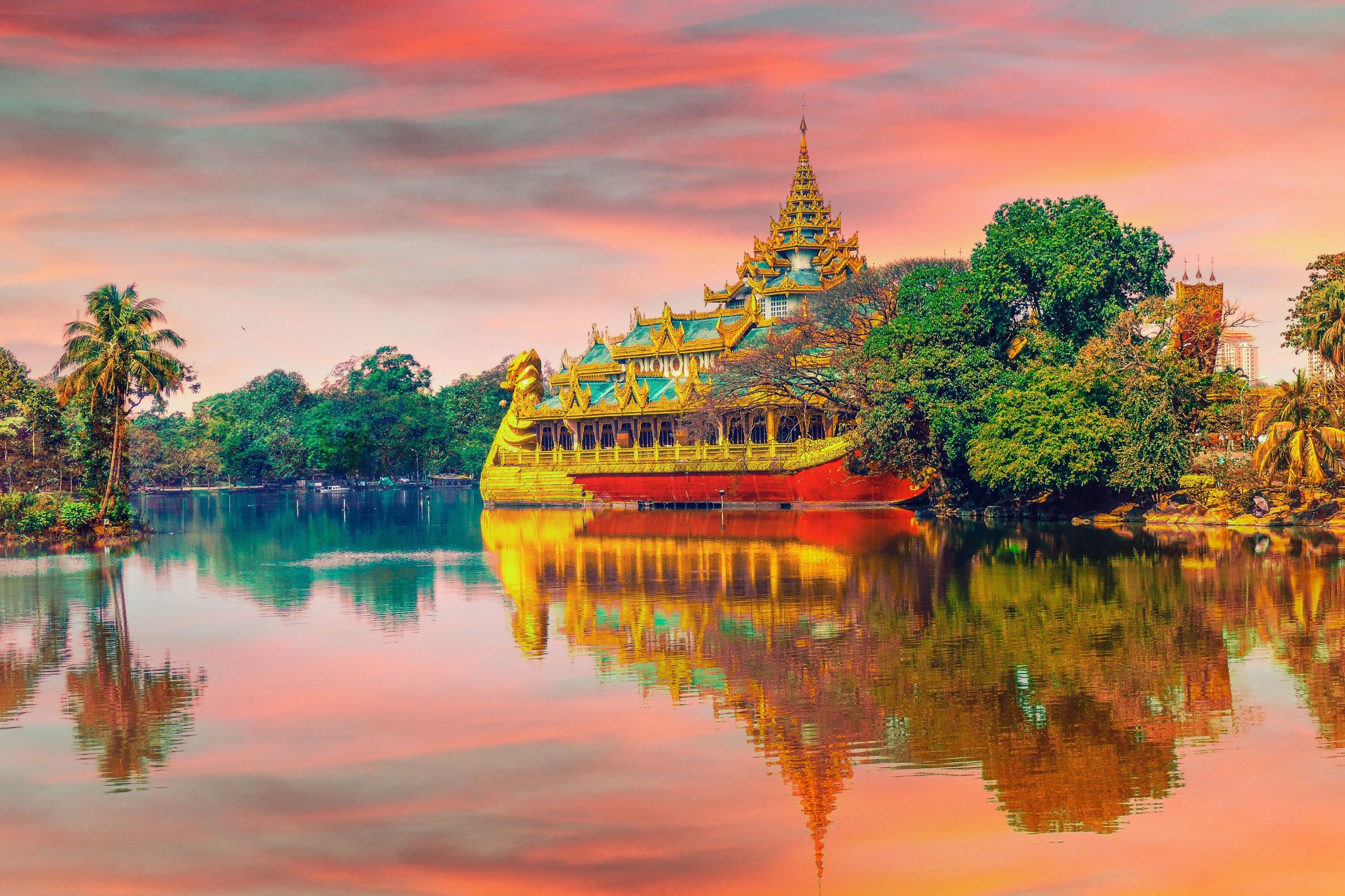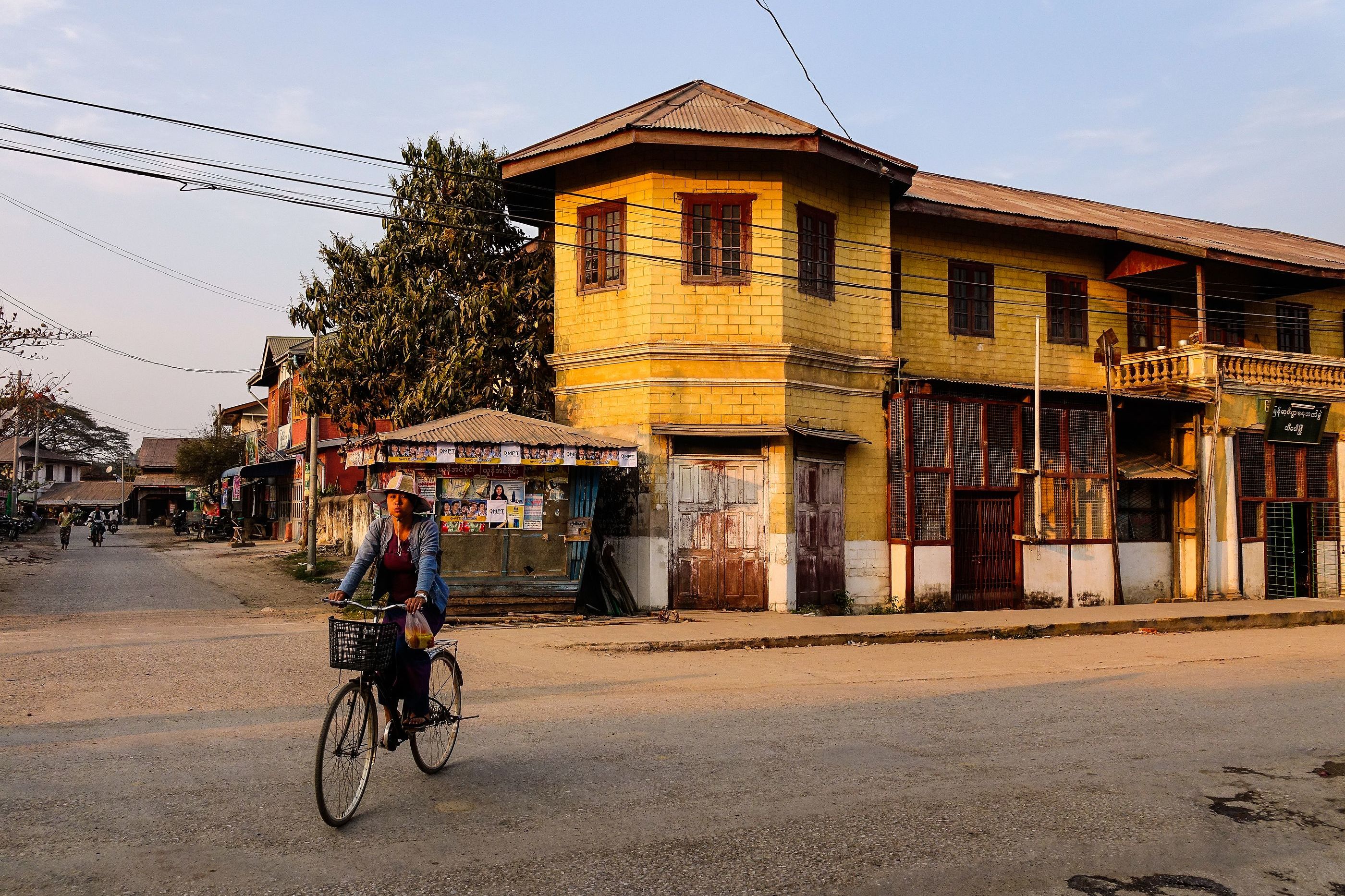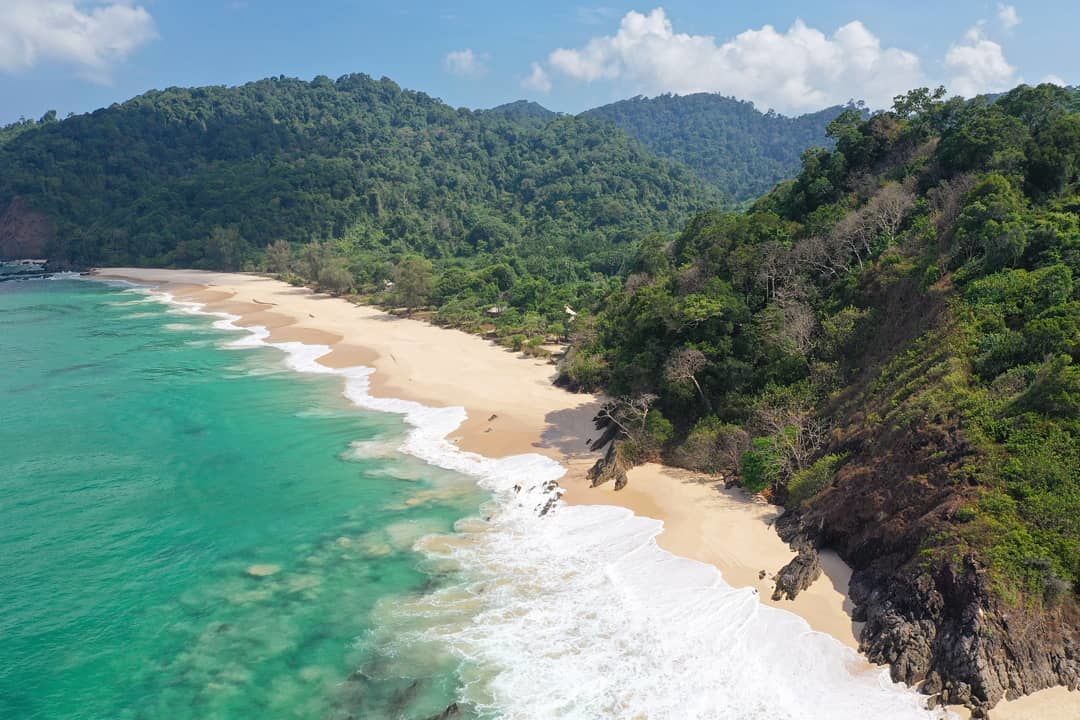
Reviews of Global Basecamps
Myanmar Tours with Warm Culture and Untouched Landscapes
Sample Tours to Myanmar
**All of our tours can be customized to match your specific travel priorities and dates.
Myanmar & Southern China: Places Unexplored (15 days)
Myanmar Family Exploration (15 days)
Myanmar Highlights (12 days)
Off the Beaten Path in Myanmar (21 days)
Ultimate Myanmar Honeymoon (17 days)
Ready to Start Planning Your Tour to Myanmar?
The first step is to complete a form on the website and one of our travel specialists will start planning your perfect trip.
Request Free Quote
Our entire team is dedicated to making this custom journey come true. Request a free quote by filling out the form and please share any details to help us customize this perfect trip just for you.
Can’t wait another minute? We understand, call us directly at (866) 577-2462 and speak with one of our extraordinary travel specialists.
Clients Love Us
Highlights of Myanmar

Temples of Bagan
Beginning around the 10th century and continuing for 250 years the rulers and wealthy citizens of Bagan constructed over 10,000 religious monuments in an effort to gain favor and display power and devotion. Today, you can experience the breathtaking views of the temple zone from a hot air balloon, or bicycle around the ruins as farmers and herds of goats pass by. Sunrise and sunset are best viewed from the tops of the tallest buildings such as Shwe San Daw Pagoda and Lawkaoushaung Temple.
Browse Sample Trips
Inle Lake
The country’s second largest freshwater lake has provided for the people of Shan State for centuries. A predominantly Intha population lives in 4 main villages around the lake and traditionally make their stilted homes of wood and woven bamboo grasses. Visit the rotating village markets to see the wide variety of ornate and colorful clothing worn by the local people of various ethnicities selling their wares. Other highlights include a journey to the Indein stupas, a visit to the friendly monks at the Cat Monastery, and boat rides through the floating gardens.
Browse Sample Trips
Unique Lodging
Bamboo bungalows on Inle Lake offer traditional atmosphere, peaceful lake views, and are owned and run by a collective of the Pa-O tribal people. Relax at a hill station retreat at the colonial style resorts in Kalaw and Pyin Oo Lwin. All over Myanmar, beautiful colonial buildings are being re-purposed to house travelers, and exciting new modern lodges fold seamlessly into the landscape. No matter where you stay, you can be assured that our handpicked basecamps will offer a unique, sustainable and unforgettable experience.
Browse Sample Trips
Natural Splendor
Trek through the hills of Kalaw and pay a visit to the elephant conservation project. Kayak to Saddar Cave past rice fields, limestone mountains, and tranquil villages with your local guide in Karen State. Ride up the Dokthawaddy River and take a walk through the forests of Shan State to visit a 150 year old monastery near Hsipaw. Pay a visit to the three resident pythons at the snake temple in Paleik that are being washed and fed daily by local worshippers.
Browse Sample TripsPhotos From Our Myanmar Travelers
Myanmar Travel and Tours Tips
Myanmar's tourism appeal grows by the minute. However, despite the swelling attractiveness of the Golden Land, visitors are still hard-pressed to find any experience that lacks an off-the-beaten path element. Even the big cities have yet to succumb to Western trends like fast food and convenience stores, and a myriad of distinct cultures weaves a vibrant mesh that’s not quite like anywhere else in the world.The burgeoning nation, also known as Burma, expresses characteristics of an impressive variety of native ethnicities in addition to bordering influences (Thailand, Laos, China, Bangladesh, and India). The national language is Burmese, but it's hard to find a resident who isn't fluent in at least one additional tongue. The second national language is English, a product of Myanmar’s history as a British colony.
As in Thailand, Theravada Buddhism is ubiquitous in Myanmar; however, the architecture of Myanma temples and stupas actually harkens to the Mahayana Buddhism of northern India. Technicalities aside, the monuments are among the most stunning in Asia and collectively serve as the national centerpiece.
Yangon
Yangon (previously Rangoon, the former Burmese capital) is the country’s largest city and a popular international arrival point for Myanmar tours. Tropical trees, parks, lakes, colonial architecture and tea shops provide a lovely welcome to the southern region.Yangon's premier attraction is the 2,500-year-old, 326-foot-tall Shwedagon Pagoda. Also known as the Golden Pagoda, the giant bell-shaped temple is covered in gold, studded with precious gems, surrounded by 64 smaller stupas, and distinguished by four grand stairways. The hilltop complex is as magnificent under the sun as it is at nighttime, when lights illuminate the fairytale splendor and crowds thin out. For evening tours, there’s also a nearby night market for post-pagoda noodles and beer.
Bagan
Bagan is the postcard image of Myanmar. The ancient imperial capital is one of Southeast Asia's richest archaeological sites, comprised of over 2,000 religious monuments spanning 16 square miles along the Ayeyawaddy River.Whether you prefer to explore by bicycle, car, horse cart or hot air balloon, plan to spend at least two days in Bagan. You'll lose track of time as you meander past farms and goat herds among thousands of 11th-and 12th-century temples, and you’ll want to stop more times that you think! The views are picture-perfect at any time of the day, and enchantment emanates under the full spectrum of weather conditions. Simply put, Bagan is the ultimate must-see for Myanmar travel and tours.
Mandalay
Mandalay, the last royal capital of Burma, beckons visitors to slow down and soak up both modern and age-old tradition. The city is home to the largest number of monks in the world, and each morning is a chance to watch the robed devotees of all ages making rounds to receive their daily alms.The Mandalay Palace is worth a visit, but time won't truly stop until you float down the Ayeyarwaddy River to the ruins of the ancient capital of Ava. You can continue onto Amarapura, another ancient capital which is now a quiet village with hundreds of crimson-clad monks at the Mahagandayon Monastery. The most beautiful image of Amarapura is the trail of hundreds of wooden stilts that rise out of Taung Tha Man Lake, forming the iconic U-Bein bridge.
Inle Lake
Inle Lake is the heart of Myanmar's mountainous Shan State, famous for distinctive hill tribes and fisherman who stand as they nimbly maneuver long-tail boats through waterways lined with hyacinth. The picturesque lake and surrounding villages are the cultural crown jewel of Myanmar tours, brimming with friendly smiles and local customs.Inle is a great place to cool off during the hot season (March-April), and lake excursions abound year-round. Long-tail boat tours are a delightful way to drift through stilted villages, floating gardens, and forests of water plants. Lunch on the lake is an opportunity to experience the uniquely pungent spiciness of Shan cuisine and contemplate all of Inle's charm over a rich, creamy milk tea.
Myanmar Weather
Annual average temperatures in Myanmar range from 70F to 80F. The tropical monsoon climate cycles through three seasons:Winter is from November to February, when the air is clearest and relatively dry. Days are warm, but nighttime temperatures can drop to near freezing at higher altitudes (i.e. mountains of the Shan State). Winter is the best time to visit Myanmar in terms of weather, but it's also peak tourist season so main attractions will have more visitors than other times of the year.
Pre-monsoon season begins in mid-February and lasts through May. March and April are the hottest months, especially in the south and central regions. Consequently, spring in Myanmar is a great time to head toward the northeastern mountains.
The monsoon season is from June to October, but heavy rains usually abate by the end of August. During the intense months, the south (Yangon and below) is hit the hardest so it’s best to spend more time in central and northern areas, like Mandalay and Bagan, where the sun shines throughout the year. By September, rains lighten everywhere and humidity begins to drop.
Clothing to Bring
For Myanmar travel and tours during any time of year, the best thing to wear is lightweight cotton with a jacket or sweater. Additionally, monsoon season calls for a light rain jacket, and treks will require appropriate hiking gear. A wide-brimmed hat is also a smart choice for treks and day tours.Slip-on shoes are very convenient in light of the Buddhist custom of removing footwear before entering temples. Furthermore, shoulders should be covered when visiting religious sites, and it's best that women avoid wearing miniskirts or shorts (or bring a sarong to cover up when necessary).
Visas for Myanmar
Citizens of 100 countries, including USA, Canada, Australia, UK and EU, are eligible to apply for a Myanmar e-visa up to three months prior to travel. International airports currently accepting e-visas are Yangon, Mandalay, and Nay Pyi Taw.The application is online, costs US$50, and usually takes three business days to process. Nonetheless, it's always a good idea to begin the process earlier rather than later (one month ahead of travel is ideal). Once your application is approved, you will receive an email with an approval letter for a 28-day, single-entry tourist visa. Simply show the printed letter to immigration at the airport, and you'll be all set to delve into your Myanmar adventure.















